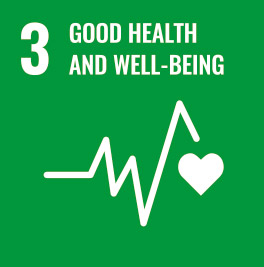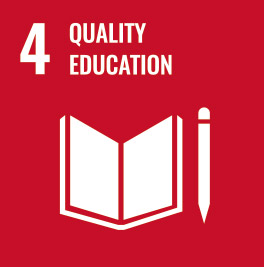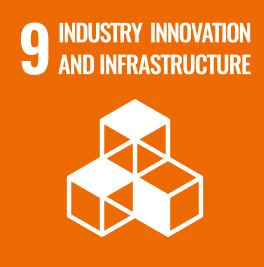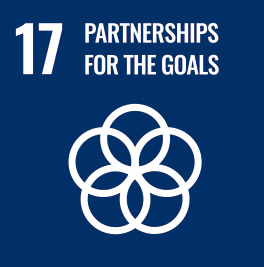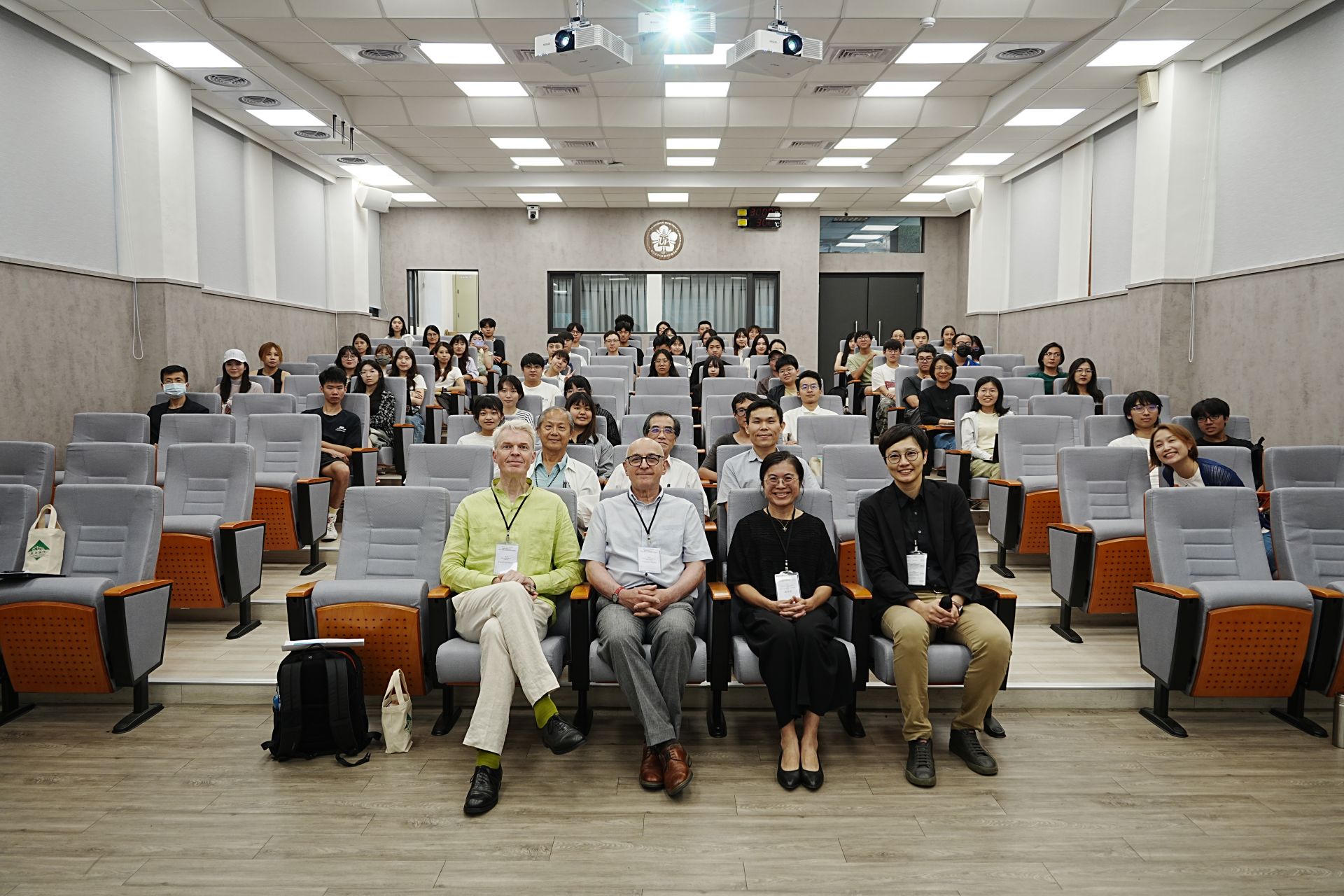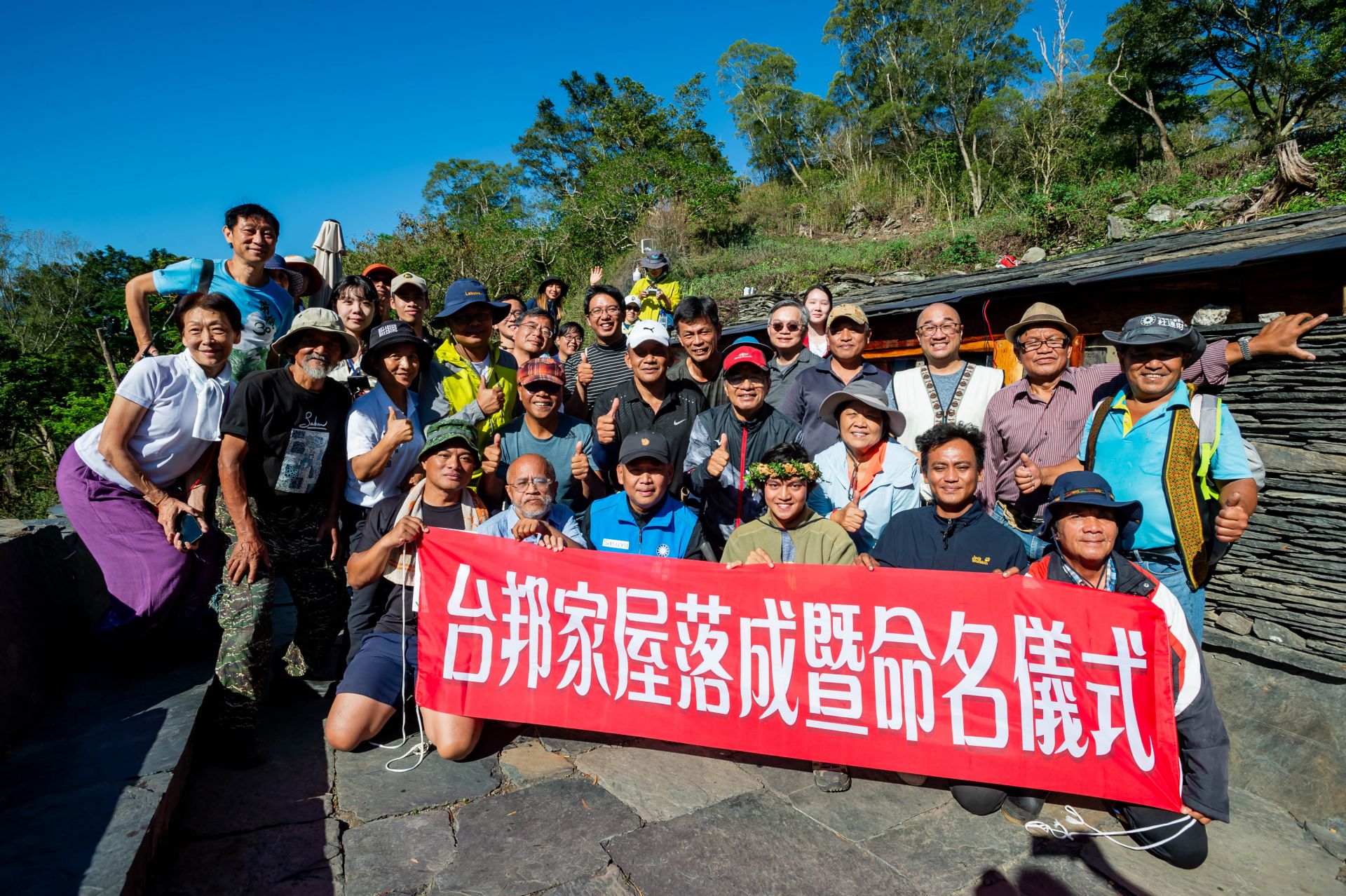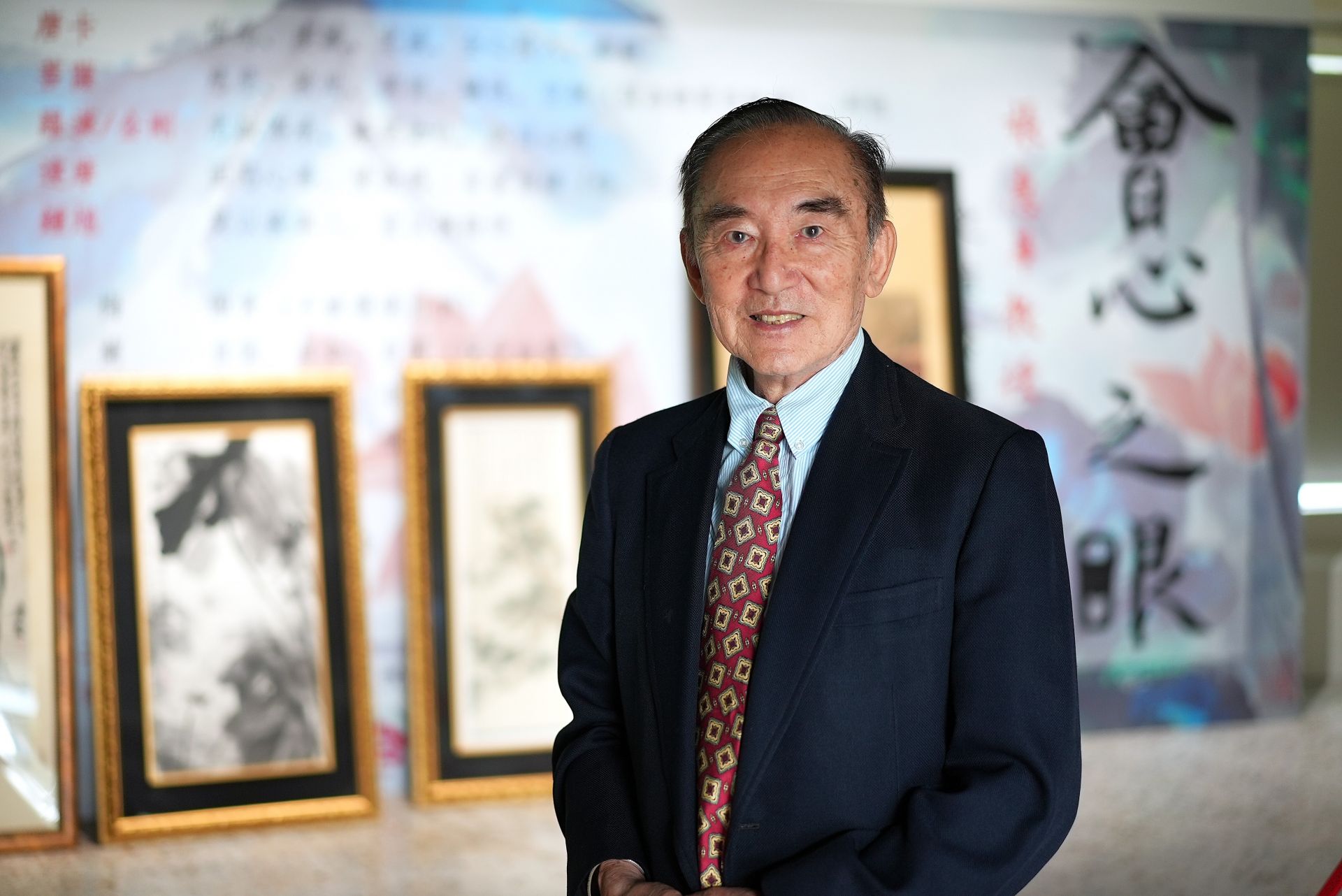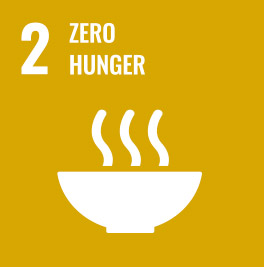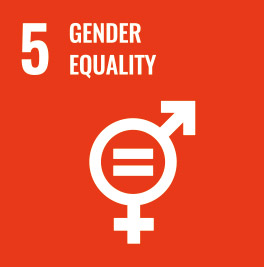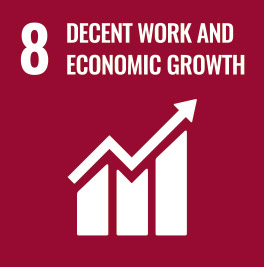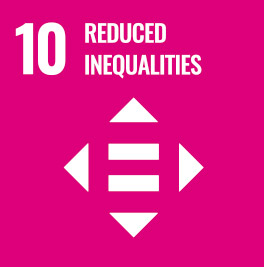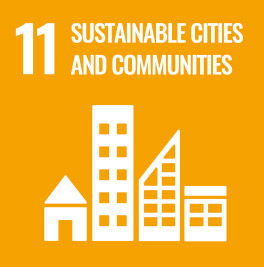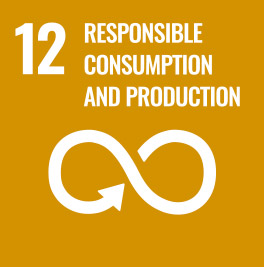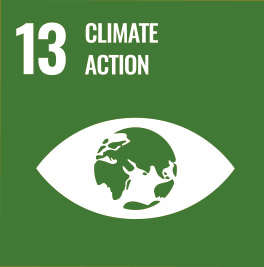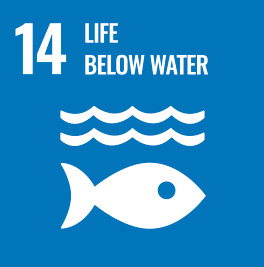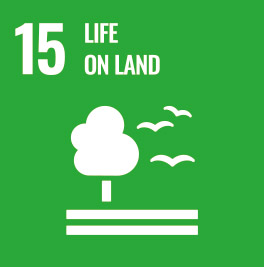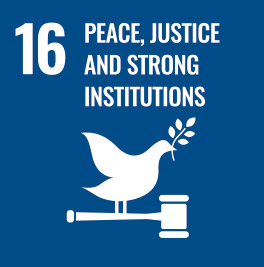SDG11
6th “NCKU Humanities Lecture Series” — Yūshi Akimoto Discusses Art, Sustainability, and Regional Revitalization
The 6th NCKU Humanities Lecture Series, themed “Local Craft and Sustainability,” concluded on October 3, 2025. This year’s keynote speaker, Professor Yūshi Akimoto, curator of the special exhibition “Skin and Viscera: Self, World, and Time” at the Tainan Art Museum (Building 2), delivered a captivating lecture and dialogue centered on art, sustainability, and regional revitalization. The Graduate Institute of Art Studies and the Master’s Program in Drama at National Cheng Kung University (NCKU) curated a series of preliminary lectures and workshops exploring how Akimoto has advanced regional revitalization and sustainability through curatorial practice. In total, more than 500 participants attended the events.
Co-organized by the College of Liberal Arts, NCKU, and the Tainan Art Museum, with assistance from the NCKU Art Center, this year’s Humanities Lecture Series continued its mission to promote academic exchange and interdisciplinary dialogue in the humanities, with a particular focus on East Asian modernity. The three-week program, held from September 10 to October 3, featured four lectures addressing the intersection of art, craft, and community sustainability.
Yūshi Akimoto, born in 1955 in Tokyo, is Professor Emeritus at Tokyo University of the Arts, Specially Appointed Director of the 21st Century Museum of Contemporary Art, Kanazawa, Honorary Professor at Tainan National University of the Arts, and a renowned art critic. A graduate of Tokyo University of the Arts, Akimoto has served as Director of the Chichu Art Museum, Director of the 21st Century Museum of Contemporary Art, Kanazawa, and Professor and Museum Director at Tokyo University of the Arts. His major publication, Art Thinking, explores the relationship between creativity, curation, and social transformation.
The opening lecture on September 10, titled “The Practitioner of Art-Based Regional Revitalization: Unlocking Yūshi Akimoto’s Community Activation Magic,” was hosted by Professor Chia-Han Yang, Deputy Director of the NCKU Art Center and Director of the Graduate Institute of Creative Industries Design, and presented by Assistant Professor Ching-Shiun Yu of the Graduate Institute of Art Studies. Professor Yu discussed how Akimoto’s Naoshima Art Project, which predated the now-famous Setouchi Triennale, successfully combined art, locality, and sustainability to revitalize regional communities through creative practice.
On September 30, the workshop “Co-Creation Across Boundaries: Future Visions of Art Intervention in Communities and Akimoto’s Inspirations” was held at the Graduate Institute of Art Studies. Hosted by Director Yi-Fang Wu, with Professor Yu again as the speaker, the workshop traced Akimoto’s life and career, focusing on the “Art House Project” in Naoshima, which integrated art into everyday community life. The session also discussed Akimoto’s recent curatorial focus on craftsmanship, as reflected in “Skin and Viscera: Self, World, and Time,” featuring ten contemporary Japanese women artists exploring the interconnections of body, time, and world.
The main lecture, “Local Craft and Sustainability: From Naoshima to Skin and Viscera”, took place on October 1 at the Cheng-Hsin Auditorium of the NCKU College of Medicine. In addition to Professor Yu, the dialogue included Tainan Art Museum Director Jow-Jiun Gong and Dean Wen-Sung Chen of the NCKU College of Liberal Arts.
Akimoto shared that when he first arrived in Naoshima, the island was sparsely populated and overlooked. Through art-driven revitalization, local residents began to take pride in their community, and many elderly residents volunteered in art projects, becoming essential contributors. Akimoto emphasized that art should not only convey meaning but also foster sustainable coexistence between culture and community. He also introduced the “Skin and Viscera” exhibition, where ten female artists used diverse media to examine the human body, time, and the world, drawing inspiration from traditional craftsmanship to engage in a dialogue between cultural heritage and contemporary experience.
In the latter half of the session, Dean Wen-Sung Chen discussed Taiwan’s own potential for art-based memory reconstruction, referencing examples such as the Longci Light Festival, Badland geology, and former ammunition factories as sites of historical engagement. Director Jow-Jiun Gong addressed curatorial strategies centered on curators and artists, exploring how curatorial frameworks shape artistic narratives. During the Q&A, Akimoto invited participating artists to respond directly to audience questions, creating an engaging and dynamic atmosphere.
Finally, on October 3, the concluding lecture “The Sustainability of Craft: Reflections on Skin and Viscera — Self, World, and Time” was held at the Interdisciplinary Performance Hall of Tainan Art Museum, Building 2, hosted by Director Gong and led by Akimoto. Respondents included Chi-Tsun Chen, Founding President of the Taiwan Craft Alliance and Board Director of the Tainan Art Museum, and Professor Ming-Huei Chen of the NCKU Graduate Institute of Creative Industries Design. Together, they examined the ten featured artists’ works, with Chen (Chi-Chun) offering insights from a craftmaking perspective and Professor Chen (Ming-Huei) responding from a curatorial standpoint, exploring how artists negotiate self, environment, and others through creation.
The “NCKU Humanities Lecture Series” showcased the fruitful collaboration between NCKU and the Tainan Art Museum. Through four lectures bridging craftmaking, curation, and regional revitalization, the series deepened Taiwan–Japan artistic dialogue and attracted broad participation from students and art enthusiasts. The events successfully fostered interdisciplinary exchange between academic research and curatorial practice, embodying the educational mission of the “NCKU Humanities Lecture Series” to cultivate a deeper humanistic concern through art and scholarship.
Co-organized by the College of Liberal Arts, NCKU, and the Tainan Art Museum, with assistance from the NCKU Art Center, this year’s Humanities Lecture Series continued its mission to promote academic exchange and interdisciplinary dialogue in the humanities, with a particular focus on East Asian modernity. The three-week program, held from September 10 to October 3, featured four lectures addressing the intersection of art, craft, and community sustainability.
Yūshi Akimoto, born in 1955 in Tokyo, is Professor Emeritus at Tokyo University of the Arts, Specially Appointed Director of the 21st Century Museum of Contemporary Art, Kanazawa, Honorary Professor at Tainan National University of the Arts, and a renowned art critic. A graduate of Tokyo University of the Arts, Akimoto has served as Director of the Chichu Art Museum, Director of the 21st Century Museum of Contemporary Art, Kanazawa, and Professor and Museum Director at Tokyo University of the Arts. His major publication, Art Thinking, explores the relationship between creativity, curation, and social transformation.
The opening lecture on September 10, titled “The Practitioner of Art-Based Regional Revitalization: Unlocking Yūshi Akimoto’s Community Activation Magic,” was hosted by Professor Chia-Han Yang, Deputy Director of the NCKU Art Center and Director of the Graduate Institute of Creative Industries Design, and presented by Assistant Professor Ching-Shiun Yu of the Graduate Institute of Art Studies. Professor Yu discussed how Akimoto’s Naoshima Art Project, which predated the now-famous Setouchi Triennale, successfully combined art, locality, and sustainability to revitalize regional communities through creative practice.
On September 30, the workshop “Co-Creation Across Boundaries: Future Visions of Art Intervention in Communities and Akimoto’s Inspirations” was held at the Graduate Institute of Art Studies. Hosted by Director Yi-Fang Wu, with Professor Yu again as the speaker, the workshop traced Akimoto’s life and career, focusing on the “Art House Project” in Naoshima, which integrated art into everyday community life. The session also discussed Akimoto’s recent curatorial focus on craftsmanship, as reflected in “Skin and Viscera: Self, World, and Time,” featuring ten contemporary Japanese women artists exploring the interconnections of body, time, and world.
The main lecture, “Local Craft and Sustainability: From Naoshima to Skin and Viscera”, took place on October 1 at the Cheng-Hsin Auditorium of the NCKU College of Medicine. In addition to Professor Yu, the dialogue included Tainan Art Museum Director Jow-Jiun Gong and Dean Wen-Sung Chen of the NCKU College of Liberal Arts.
Akimoto shared that when he first arrived in Naoshima, the island was sparsely populated and overlooked. Through art-driven revitalization, local residents began to take pride in their community, and many elderly residents volunteered in art projects, becoming essential contributors. Akimoto emphasized that art should not only convey meaning but also foster sustainable coexistence between culture and community. He also introduced the “Skin and Viscera” exhibition, where ten female artists used diverse media to examine the human body, time, and the world, drawing inspiration from traditional craftsmanship to engage in a dialogue between cultural heritage and contemporary experience.
In the latter half of the session, Dean Wen-Sung Chen discussed Taiwan’s own potential for art-based memory reconstruction, referencing examples such as the Longci Light Festival, Badland geology, and former ammunition factories as sites of historical engagement. Director Jow-Jiun Gong addressed curatorial strategies centered on curators and artists, exploring how curatorial frameworks shape artistic narratives. During the Q&A, Akimoto invited participating artists to respond directly to audience questions, creating an engaging and dynamic atmosphere.
Finally, on October 3, the concluding lecture “The Sustainability of Craft: Reflections on Skin and Viscera — Self, World, and Time” was held at the Interdisciplinary Performance Hall of Tainan Art Museum, Building 2, hosted by Director Gong and led by Akimoto. Respondents included Chi-Tsun Chen, Founding President of the Taiwan Craft Alliance and Board Director of the Tainan Art Museum, and Professor Ming-Huei Chen of the NCKU Graduate Institute of Creative Industries Design. Together, they examined the ten featured artists’ works, with Chen (Chi-Chun) offering insights from a craftmaking perspective and Professor Chen (Ming-Huei) responding from a curatorial standpoint, exploring how artists negotiate self, environment, and others through creation.
The “NCKU Humanities Lecture Series” showcased the fruitful collaboration between NCKU and the Tainan Art Museum. Through four lectures bridging craftmaking, curation, and regional revitalization, the series deepened Taiwan–Japan artistic dialogue and attracted broad participation from students and art enthusiasts. The events successfully fostered interdisciplinary exchange between academic research and curatorial practice, embodying the educational mission of the “NCKU Humanities Lecture Series” to cultivate a deeper humanistic concern through art and scholarship.
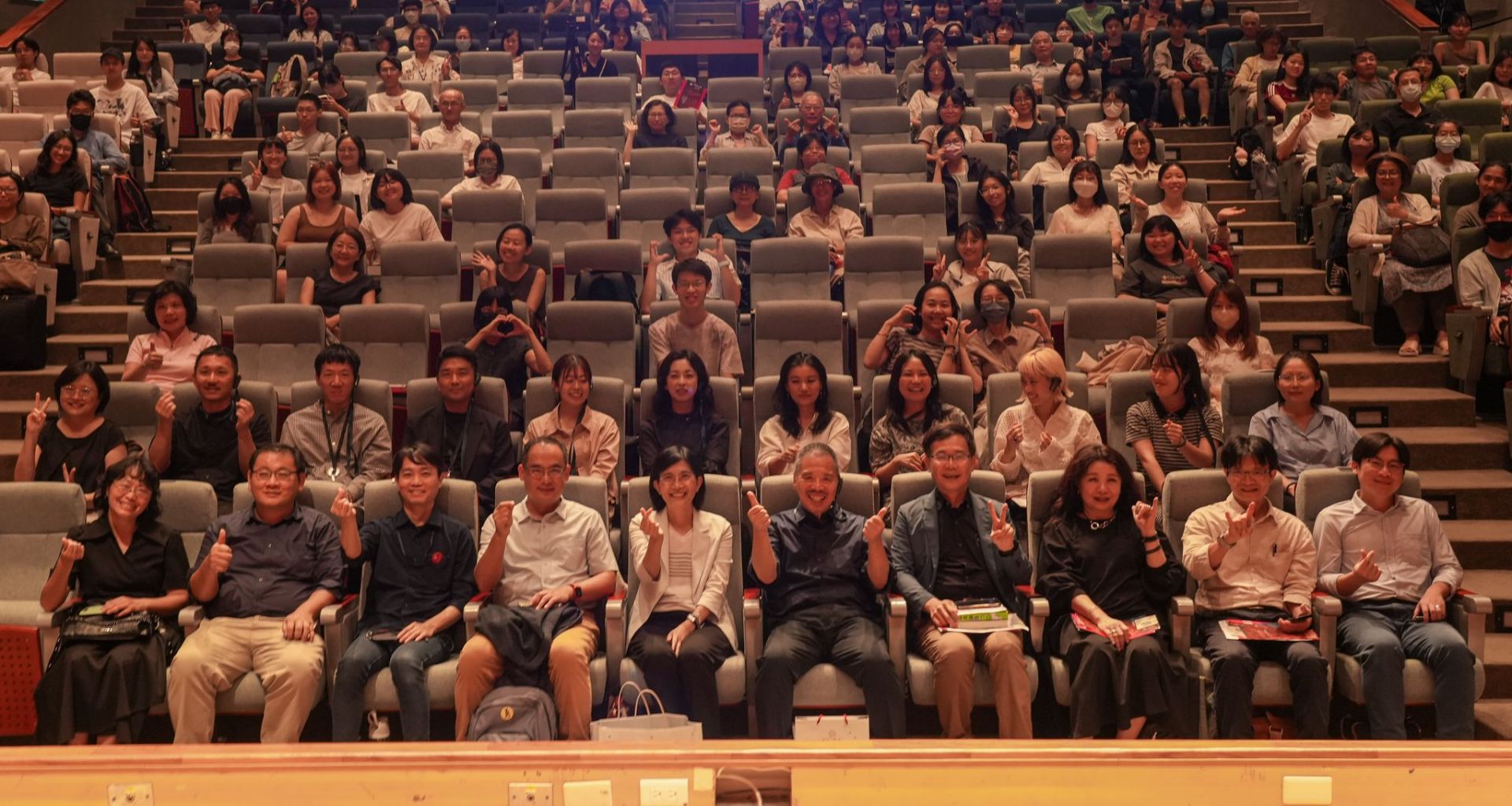
Group photo of participants
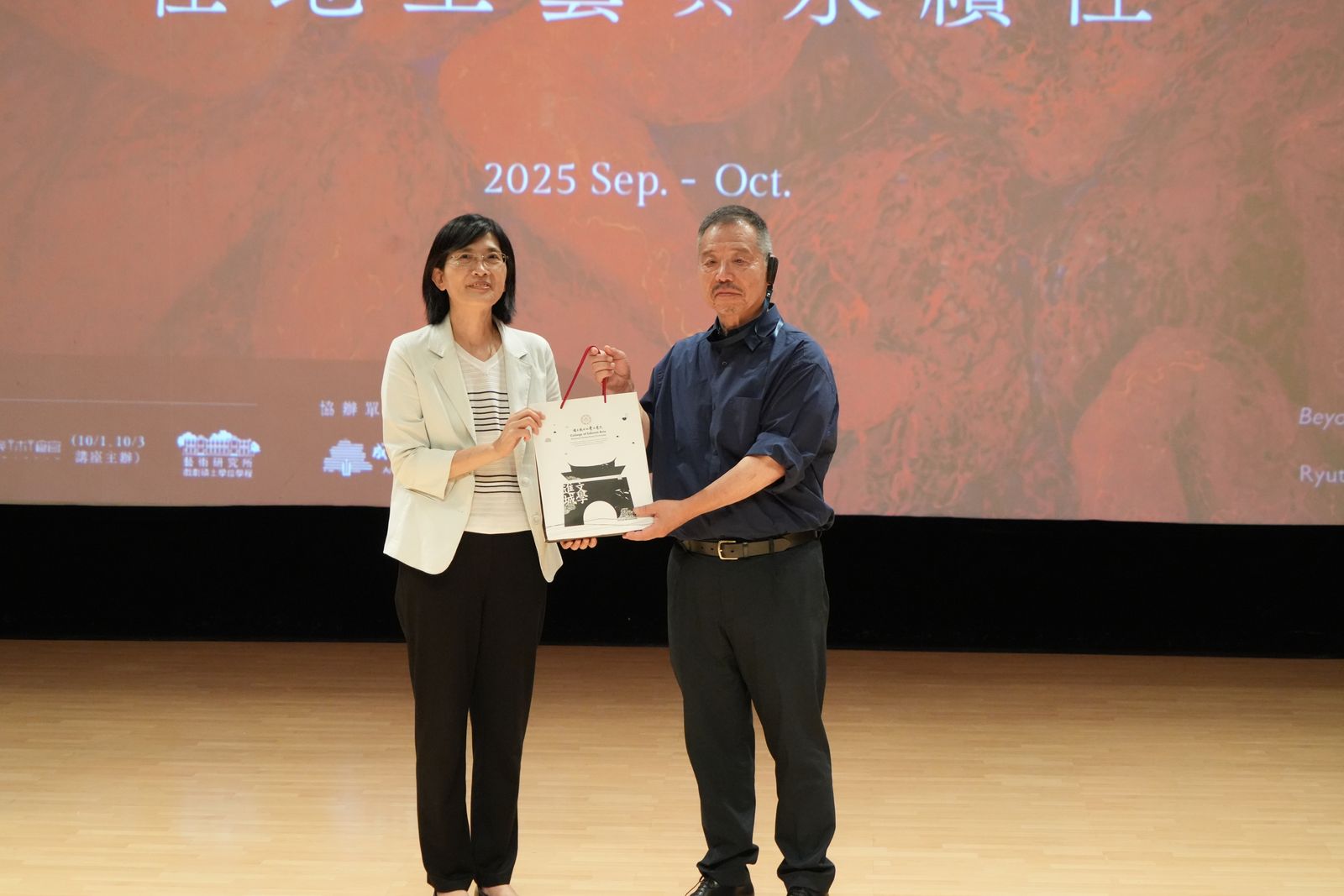
NCKU Vice President Yuh-Neu Chen (left) expresses appreciation to Yūshi Akimoto for his participation
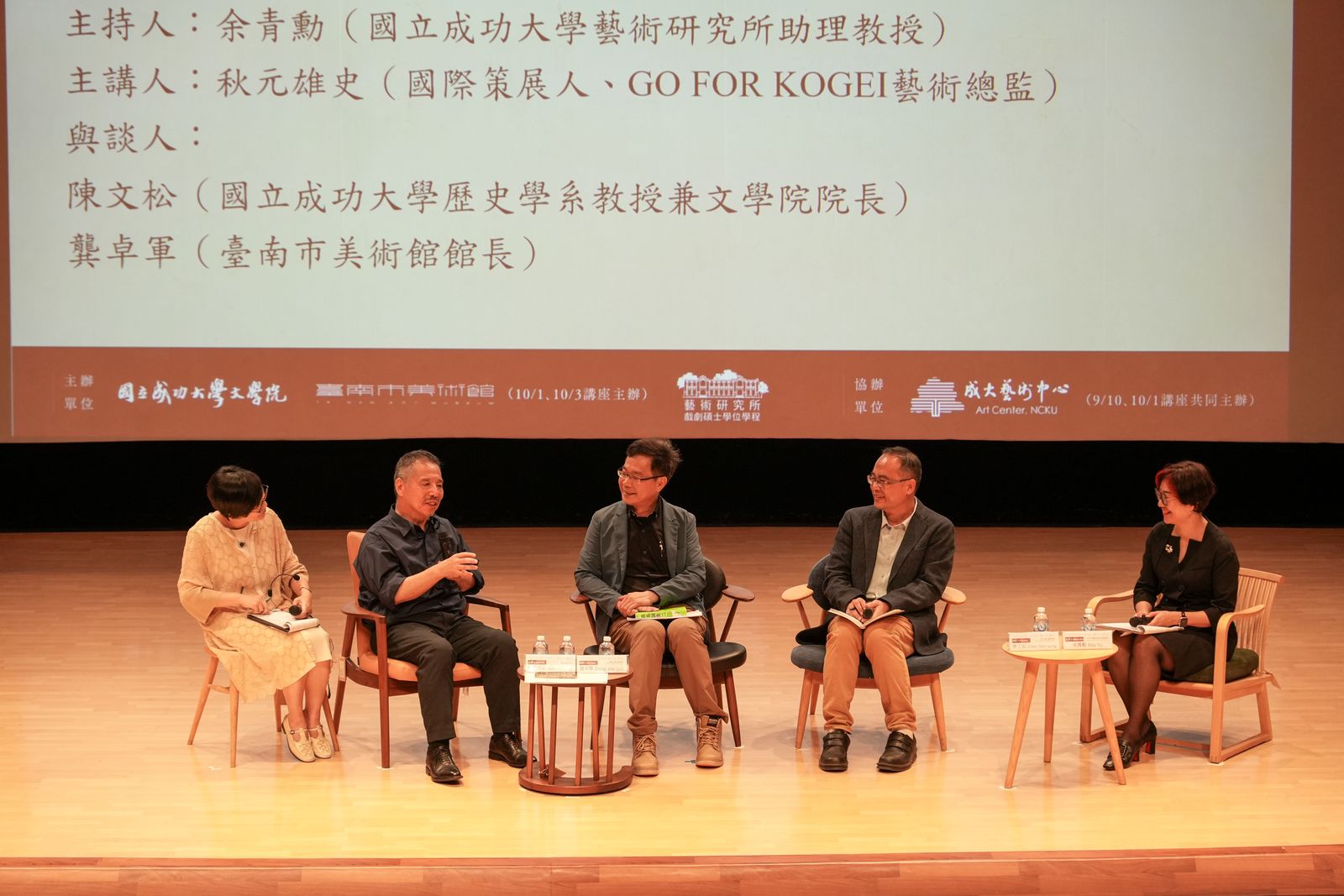
The event featured both keynote lectures and panel discussions


